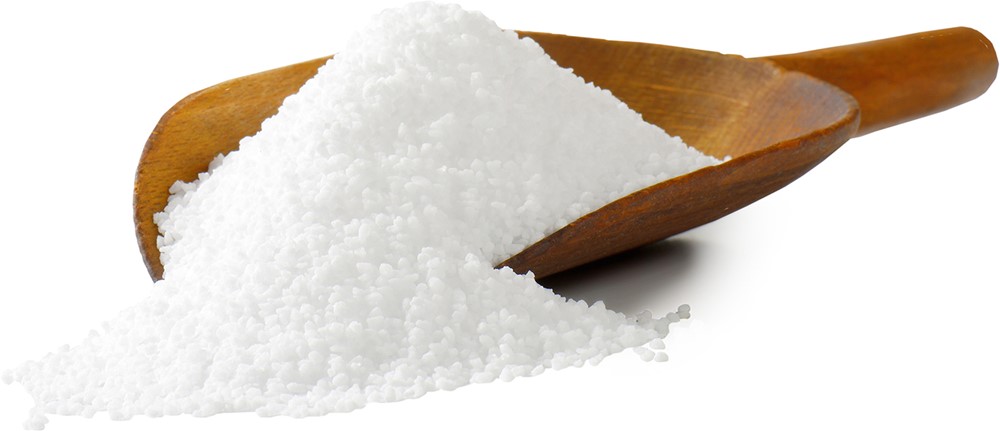Keeping a float tank sanitary requires near constant cleaning, maintenance, and monitoring of various items. The tank pH, salt, and water are just a few items that need to be watched closely. A well maintained sensory deprivation tank is much cleaner than a public pool or hot tub due some of the sanitization methods listed below.
Just a word of note, these are not the only methods of float tank sanitization, but they are the most commonly used. Most float centers will utilize some or all of these methods in order to keep their tanks clean and sanitary.
Epsom Salt
Depending on the size of your float tank, there can be between 800 to 1,200 pounds of Epsom salt diluted in the water. The high salt concentrations not only allow you to float with zero effort, it creates an environment that is unfriendly to microorganisms. This prevents them from multiplying and surviving.

Even with the high Epsom salt concentrations of float tanks, this alone aren't enough to keep a float tank clean and sanitary. Read on to learn about additional methods used to keep modern float tanks clean.
Chlorine or Bromine
Chlorine, while popular to disinfect swimming pools, is not commonly used in float tanks. Bromine is similar to chlorine, but it's used to disinfect hot tubs because it releases less of a scent in hot water. That scent is caused by compounds known as disinfectant by-products, or DBPs for short. The reason why neither chlorine or bromine is used in float tanks is due to those DBPs. In a small, enclosed space like a float tank, the DBPs created from chlorine or bromine are questionably safe. Most float centers avoid the use of chlorine and bromine for just this reason.
Ozone
Ozone is an amazing sanitizer -- in many ways it's more powerful than chlorine. It's commonly used in pool and float tanks because it can kill some bacteria and germs that chlorine is unable to. Ozone is a gas that is created by a machine called an ozonator. The ozonator is attached to a float tank's filtration system and adds ozone gas to the tank water. The sanitized water is then circulated through the tank.
A great benefit of ozone is that unlike chemical additions, ozone has no harmful by-products when used properly. Ozone is often used in conjunction with ultraviolet light to kill microorganisms that chlorine and bromine miss.
Ultraviolet (UV)
A wavelength of light, shorter than visible light, ultraviolet is another great way to keep float tanks clean and sanitary. Similar to ozone, ultraviolet is able to kill many of the microorganisms that other sanitation methods are unable to address. When using ultraviolet in tandem with chlorine or bromine, an ion particle called a Hydroxyl Radical is formed. They only exist for a second, but they're highly effective at destroying even more microorganisms that may be in your tank water.
The UV light in a float tank comes from a bulb inside of a tube in the filtration system. As the tank water passes through the filtration system, it gets exposed to the ultraviolet light. This is when the sanitization occurs. Ultraviolet does not persist in the water, so microorganisms are only killed when they are exposed to the UV light. It's recommended that commercial float spas run their filtration systems for some time in between clients in order to ensure sanitary conditions. Some float centers even leave their filtration system running overnight in order to guarantee a clean environment.
Hydrogen Peroxide
The final sanitization method on our list is hydrogen peroxide, also known as H2O2. It is generally paired with ultraviolet light as a 1-2 punch against microorganisms. Hydrogen Peroxide is not a particularly strong sanitizer so the UV acts as the main cleaning agent.
Hydrogen Peroxide is something known as an oxidizer, meaning it's great at breaking down the remnants of the microorganisms that were destroyed by other sanitizers. Another handy benefit of hydrogen peroxide is that it does not release any DBP compounds and breaks down to oxygen and water at the end of its useful life.
Conclusion
The sanitization methods discussed here are used on nearly every float tank you'll come across. When used properly, you can be assured that the water in your float tank is pristinely clean. Water sanitation technology is constantly evolving, so as additional methods are discovered and implemented, we'll be sure to update this post.